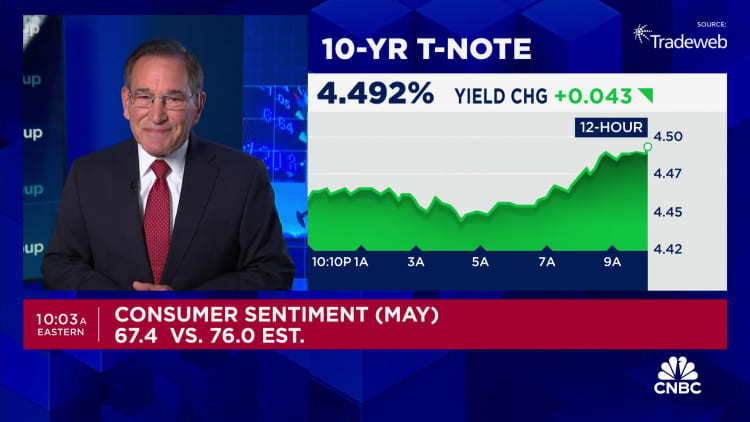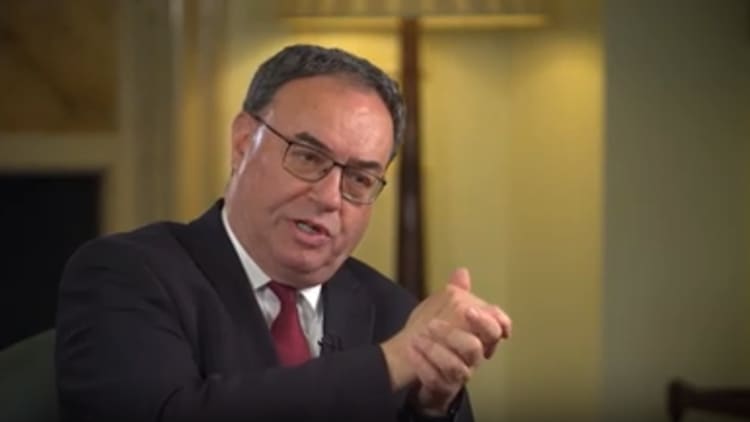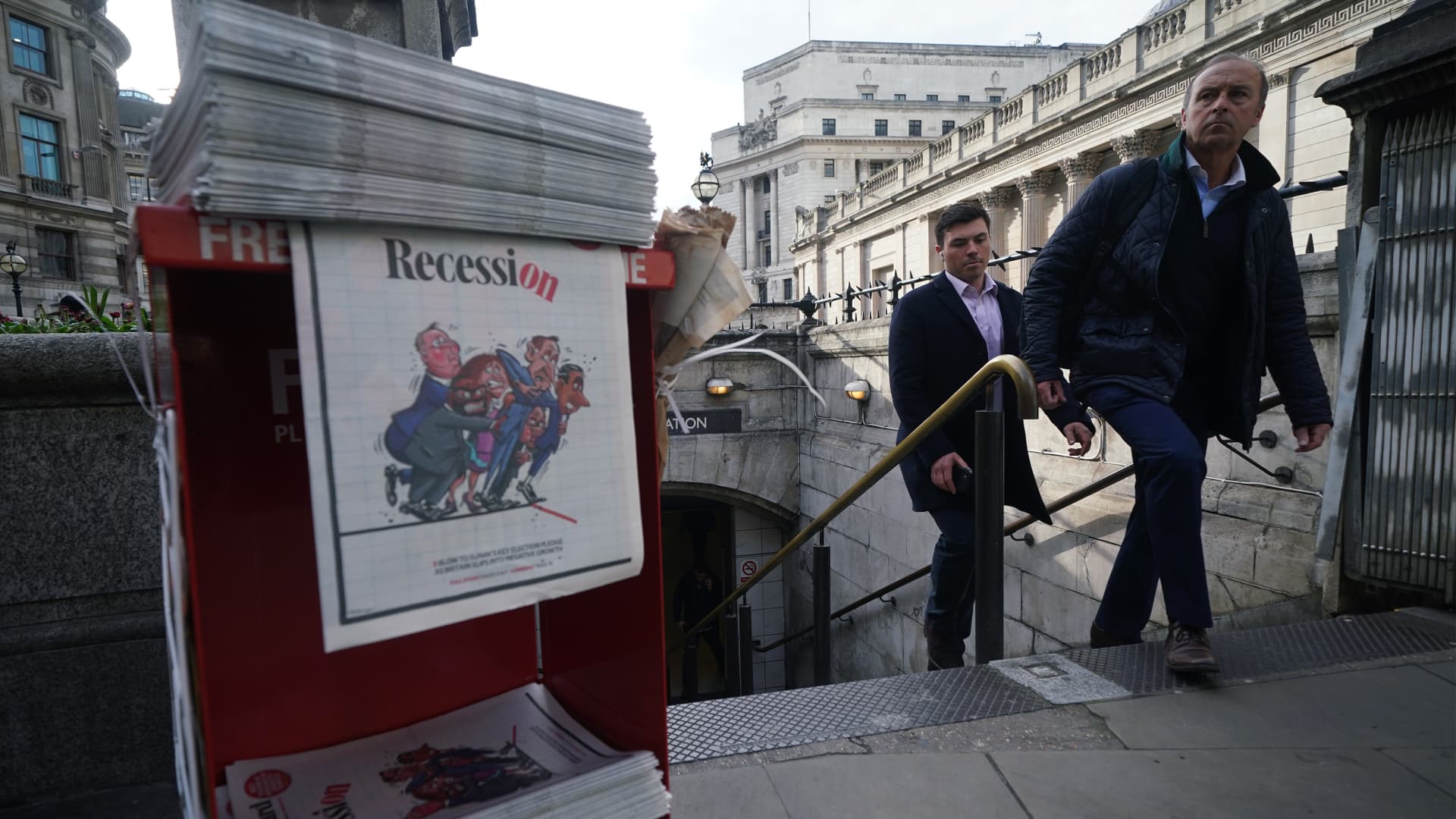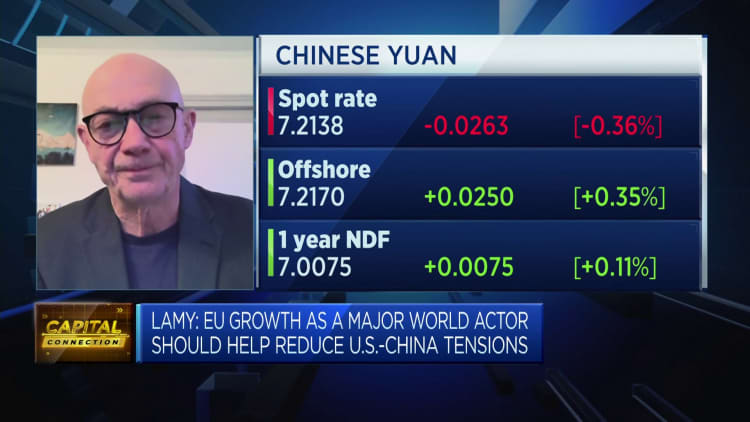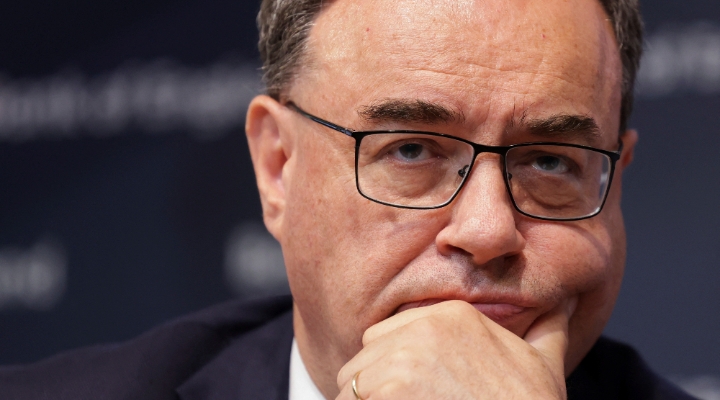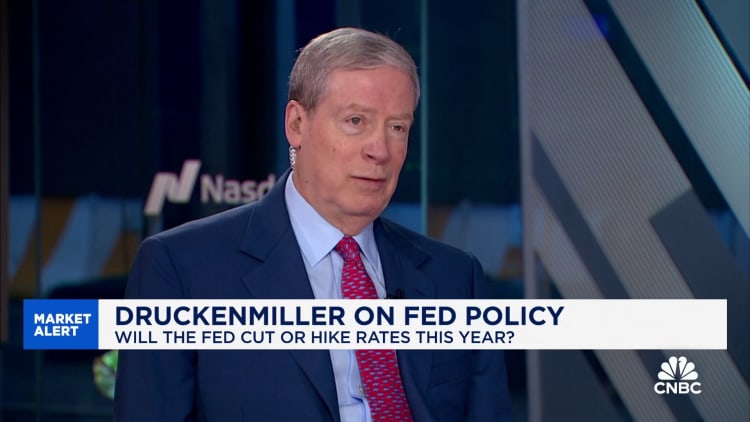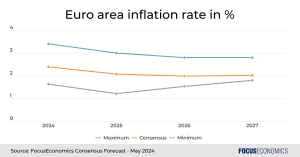The University of Michigan Survey of Consumers sentiment index for May posted an initial reading of 67.4 for the month, down from 77.2 in April and well off the Dow Jones consensus call for 76. The move represented a one-month decline of 12.7%. The one-year inflation outlook jumped to 3.5%, up 0.3 percentage point from a month ago to the highest level since November 2023.
Consumer sentiment slumped as inflation expectations rose, despite otherwise strong signals in the economy, according to a closely watched survey released Friday.
The University of Michigan Survey of Consumers sentiment index for May posted an initial reading of 67.4 for the month, down from 77.2 in April and well off the Dow Jones consensus call for 76. The move represented a one-month decline of 12.7% but a year-over-year gain of 14.2%.
Along with the downbeat sentiment measure, the outlook for inflation across the one- and five-year horizons increased.
The one-year outlook jumped to 3.5%, up 0.3 percentage point from a month ago to the highest level since November.
Also, the five-year outlook rose to 3.1%, an increase of just 0.1 percentage point but reversing a trend of lower readings in the past few months, also to the highest since November.
“While consumers had been reserving judgment for the past few months, they now perceive negative developments on a number of dimensions,” said Joanne Hsu, the survey’s director. “They expressed worries that inflation, unemployment and interest rates may all be moving in an unfavorable direction in the year ahead.”
Other indexes in the survey also posted substantial declines: The current conditions index fell to 68.8, down more than 10 points, while the expectations measure fell to 66.5, down 9.5 points. Both pointed to monthly drops of more than 12%, though they were higher from a year ago.
The report comes despite the stock market riding a strong rally and gasoline prices nudging lower, though still at elevated levels. Most labor market signals remain solid, though jobless claims last week hit their highest level since late August.
“All things considered, however, the magnitude of the slump in confidence is pretty big and it isn’t satisfactorily explained by” geopolitical factors or the mid-April stock market sell-off, wrote Paul Ashworth, chief North America economist at Capital Economics. “That leaves us wondering
